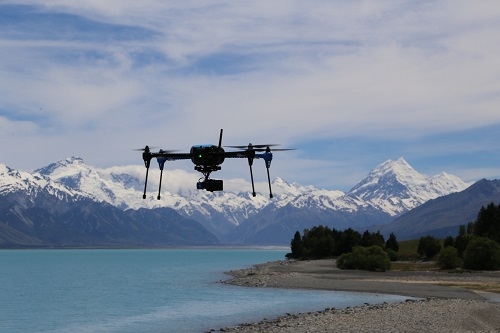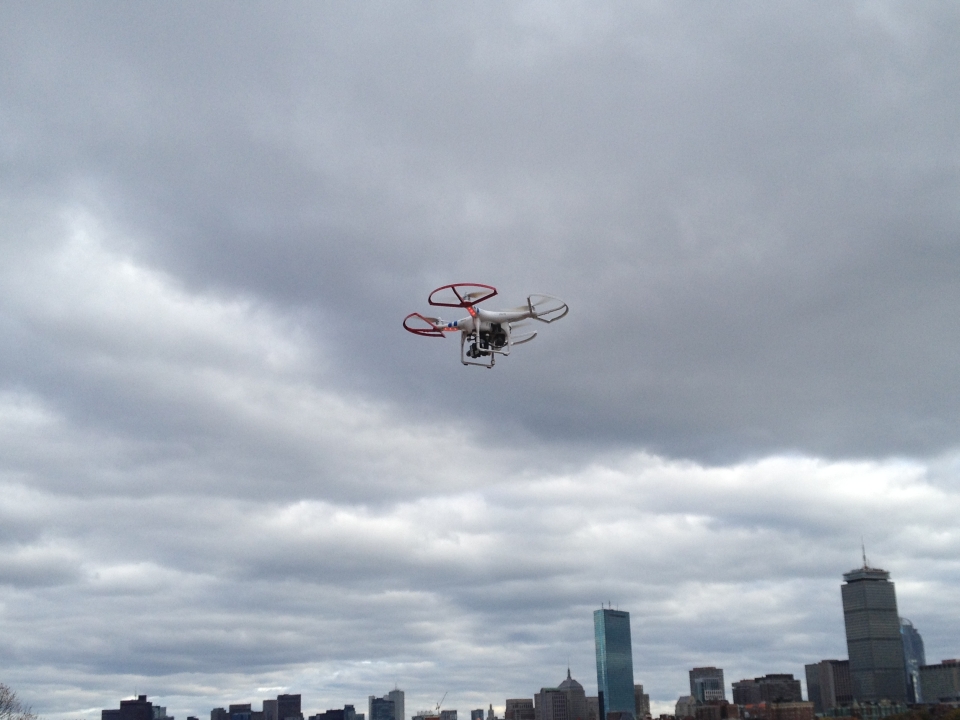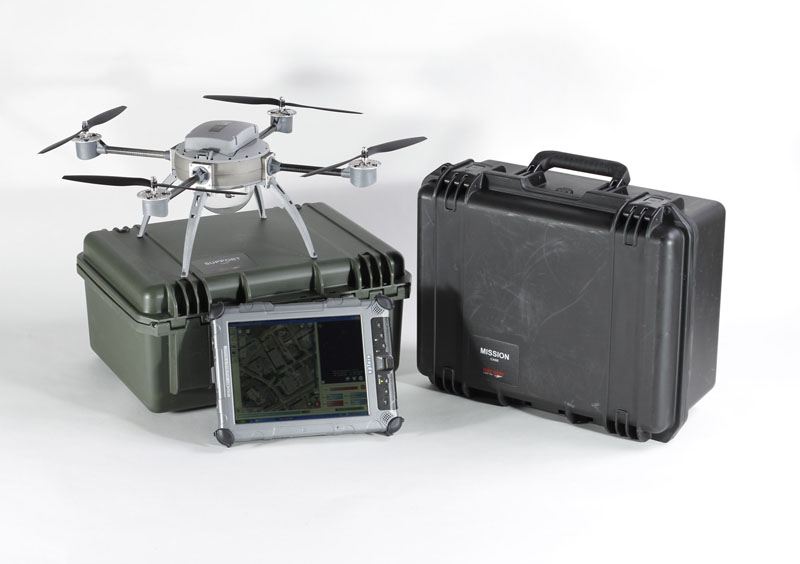You can contact LEARNZ, part of CORE Education, at:
Postal Address:
PO Box 13 678,
Christchurch 8141,
New Zealand
Drones or UAVs (Unmanned Aerial Vehicles) have been used for many years, mainly by the military. In recent years drones have become cheaper and easier to use and are now used for monitoring, aerial photography, research and filming in the high country.
Unmanned aerial vehicles (UAVs) are often called drones. Drones do not require a human pilot. There are two main types of drones:
Drones were first used by the military during the Vietnam War. Drones have now been developed for a lot of other uses, such as:
Drones are often used for work that is too time consuming, dirty or dangerous for a manned aircraft. Drones are also much cheaper to operate.
Drones are being used by LINZ (Land Information New Zealand) in the Mackenzie Country for the management of wilding pines, you will be able to see this during the field trip.
The Civil Aviation Authority (CAA) is developing new rules about the use of drones to keep our air space safe and control the use of drones.
The new rules will stop people from flying drones over parks or houses unless they have permission from all affected people. Flying within 4km of an aerodrome or heliport will also be prohibited.
The new rules include:

,Drones are being used in the high country for the management of wilding pines. Image: LINZ.

,This drone is known as a quad copter and its main use is filming. Image: Public Domain.

Miniature drones make aerial reconnaissance easy and less expensive. Image: Aeryon Scout.
Find out more about how drones are used in your area.